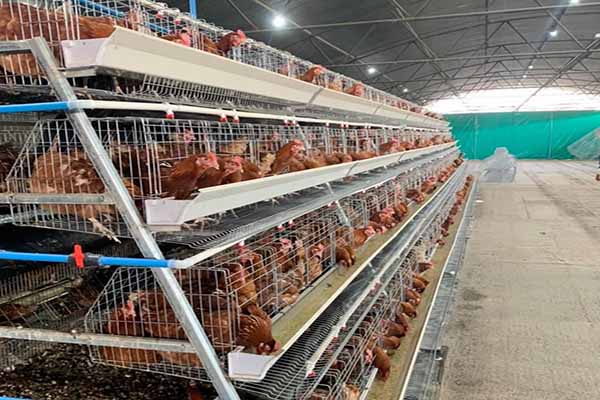Poultry House Temp and Humidity Monitor: Essential for Optimal Chicken Farming
Understanding the Importance of Climate Control in Poultry Farming
Climate control is a crucial aspect of poultry farming, directly impacting the health and productivity of chickens. Maintaining optimal temperature and humidity levels in poultry houses is essential for ensuring the well-being of the flock. In this article, we will discuss the significance of poultry house temp and humidity monitor systems and how they can benefit chicken farmers.
Why Temperature and Humidity Matter
Temperature and humidity levels in poultry houses can significantly affect the growth, reproduction, and overall health of chickens. Here are some key reasons why monitoring these factors is vital:
– Growth Rate: Chickens require specific temperature ranges to grow at an optimal rate. Extreme temperatures can lead to slower growth, stunted development, and increased susceptibility to diseases.
– Reproduction: Prolonged exposure to uncomfortable temperatures can lead to reduced fertility and lower hatchability rates. Maintaining the right climate is crucial for successful breeding programs.
– Disease Prevention: Fluctuations in temperature and humidity can create favorable conditions for the growth of pathogens, increasing the risk of diseases among the flock.
– Energy Efficiency: Proper climate control can reduce energy consumption, leading to cost savings for chicken farmers.
Features of a Poultry House Temp and Humidity Monitor
A reliable poultry house temp and humidity monitor system should offer the following features:
– Real-time Monitoring: The system should provide real-time data on temperature and humidity levels, allowing farmers to make immediate adjustments.
– Remote Access: With the ability to access data remotely, farmers can monitor their poultry houses from anywhere, ensuring optimal conditions at all times.
– Alerts and Notifications: The system should send alerts and notifications when temperature or humidity levels fall outside of the desired range, enabling prompt action.
– Data Logging: The ability to log and analyze historical data can help farmers identify trends and make informed decisions for future management.
Benefits of Implementing a Poultry House Temp and Humidity Monitor
– Improved Health and Productivity: By maintaining optimal climate conditions, chickens are less likely to suffer from diseases and can grow and reproduce more efficiently.
– Cost Savings: Proper climate control can lead to reduced energy consumption, lower medication costs, and increased egg production.
– Enhanced Farming Experience: With a reliable monitoring system, farmers can focus on other aspects of their business, knowing that their poultry houses are well-managed.
Conclusion
Investing in a poultry house temp and humidity monitor is a wise decision for any chicken farmer. By ensuring optimal climate conditions, farmers can improve the health and productivity of their flock, reduce costs, and enhance their overall farming experience.
For more information on poultry house temp and humidity monitor systems, please feel free to leave a comment below or contact us for a free, customized chicken farming design and equipment quote.





